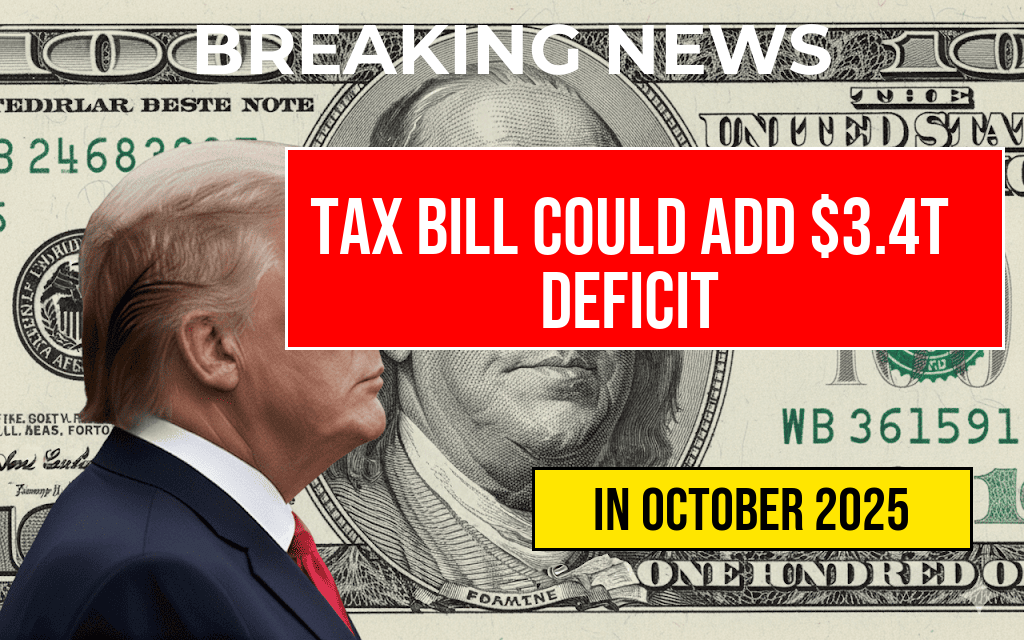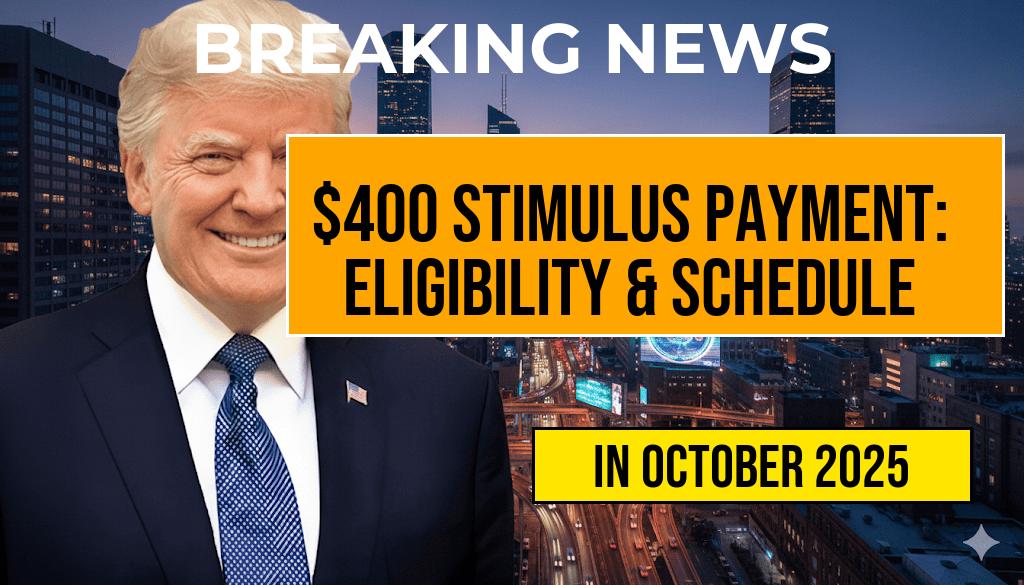The Internal Revenue Service (IRS) has announced a significant increase in the contribution limits for 2025, allowing employees to contribute up to $23,500 to their 401(k) retirement plans. This marks a notable rise from the previous year’s limit of $22,500, reflecting ongoing adjustments for inflation and a continued commitment to incentivize long-term retirement savings. The new limits will apply to most workers participating in employer-sponsored plans, with catch-up contribution provisions remaining unchanged for those aged 50 and older. Employers and employees alike are expected to review their retirement strategies in light of these changes, which could impact savings goals and tax planning. The increase aligns with the IRS’s annual practice of adjusting contribution caps to keep pace with inflation, ensuring retirement savings remain accessible and effective for American workers.
Details of the 2025 401(k) Contribution Limits
| Limit Type | 2024 Limit | 2025 Limit | Change |
|---|---|---|---|
| Employee Contribution | $22,500 | $23,500 | +$1,000 |
| Catch-up Contributions (age 50+) | $7,500 | $7,500 | No change |
| Total Contribution Limit (including employer contributions) | $66,000 | $73,500 | +~$7,500 |
Impact on Retirement Planning
For many American workers, increasing the 401(k) contribution limit offers a valuable opportunity to accelerate retirement savings. The higher cap means employees can sock away more money tax-deferred each year, which can significantly boost their nest egg over time. Financial advisors suggest that this adjustment, combined with potential employer matches, can make a meaningful difference in reaching long-term financial goals.
Importantly, the catch-up contribution allowance for workers aged 50 and older remains at $7,500, enabling those nearing retirement to contribute additional funds beyond the standard limit. This provision is designed to help late-stage savers compensate for years of lower contributions or missed opportunities. As retirement planning becomes increasingly critical amidst rising healthcare costs and longer life expectancies, such measures are viewed as vital tools for enhancing financial security.
Factors Influencing the Limit Adjustment
Inflation and Cost of Living
The IRS bases annual adjustments on changes in the Consumer Price Index (CPI), aiming to preserve the real value of retirement savings contributions. The increase from $22,500 to $23,500 reflects a moderate inflation rate, ensuring that the limits stay aligned with economic trends without encouraging excessive contributions that could distort retirement savings strategies.
Legislative Context
While the IRS sets contribution limits annually, recent legislative discussions have centered around expanding retirement savings options and potentially increasing maximum contribution thresholds further. Some policymakers advocate for higher limits to accommodate higher-income earners and rising living costs, though such proposals face ongoing debate regarding their impact on tax revenue and income inequality.
Implications for Employers and Employees
- Employers: Many plan administrators will update their systems to reflect the new limits, and employers may consider enhancing their matching programs to encourage increased contributions.
- Employees: Workers are encouraged to review their current contribution levels and consider increasing their savings to take full advantage of the new cap, especially if they are close to the current limit.
For more information on retirement plan contributions and IRS guidelines, visit IRS Retirement Plan Limits or consult with a financial advisor to align your savings strategy with these updates.
Looking Ahead
The rise in 401(k) contribution limits for 2025 underscores the ongoing efforts to adapt retirement savings policies to economic realities. As the landscape of personal finance continues to evolve, maintaining awareness of such changes can be crucial for maximizing retirement preparedness. Staying informed and proactive allows workers to optimize their savings potential and better secure their financial futures in the years to come.
Frequently Asked Questions
What is the new 2025 401(k) contribution limit?
The 401(k) contribution limit for employees will increase to $23,500 in 2025, allowing participants to save more for their retirement.
Who is affected by the 2025 401(k) contribution limit increase?
The increase impacts all eligible 401(k)
When does the new 401(k) contribution limit take effect?
The new limit of $23,500 will apply to contributions made in 2025, typically starting with the first pay period of the year.
Are there any catch-up contributions allowed for individuals aged 50 and over?
Yes, individuals aged 50 and over can make additional catch-up contributions beyond the standard limit, which remains unchanged for 2025.
How does the increase impact retirement savings strategies?
The higher contribution limit provides an opportunity for employees to save more each year, potentially accelerating their retirement savings and improving their financial security in retirement.










